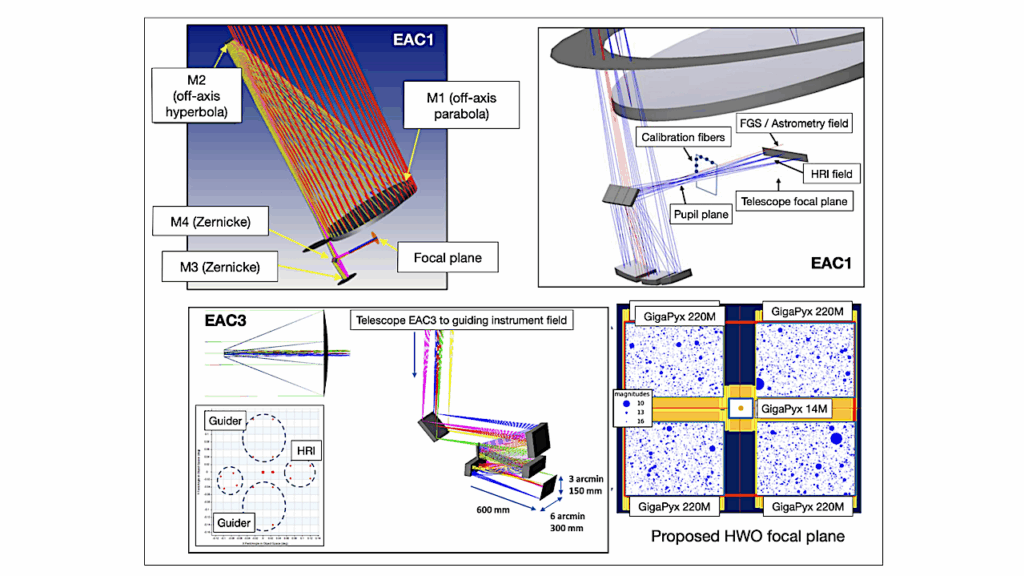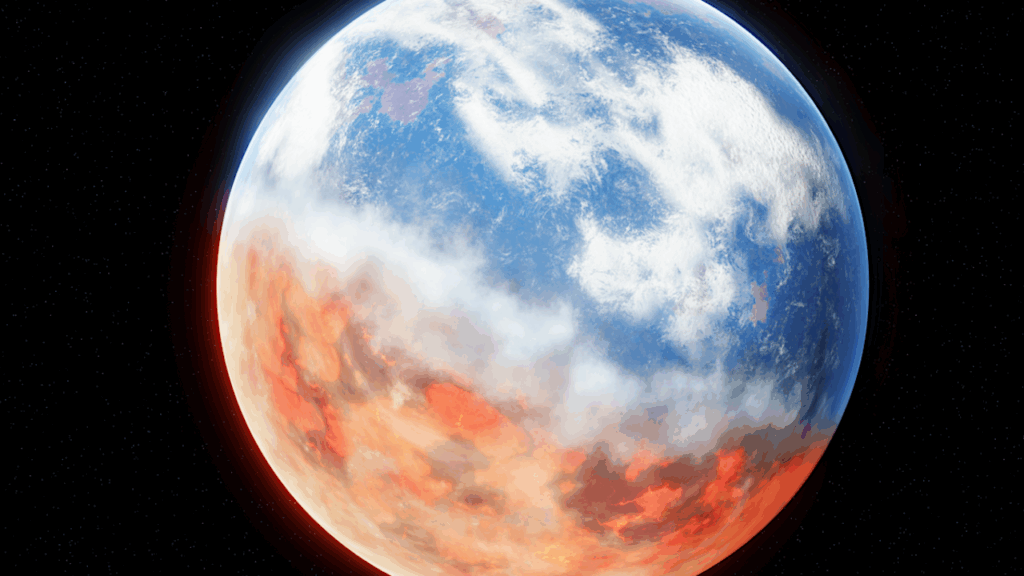Neutron Star Planets: Atmospheric Processes and Habitability

Of the roughly 3000 neutron stars known, only a handful have sub-stellar companions. The most famous of these are the low-mass planets around the millisecond pulsar B1257+12. New evidence indicates that observational biases could still hide a wide variety of planetary systems around most neutron stars.
We consider the environment and physical processes relevant to neutron star planets, in particular the effect of X-ray irradiation and the relativistic pulsar wind on the planetary atmosphere. We discuss the survival time of planet atmospheres and the planetary surface conditions around different classes of neutron stars, and define a neutron star habitable zone. Depending on as-yet poorly constrained aspects of the pulsar wind, both Super-Earths around B1257+12 could lie within its habitable zone.
A. Patruno (Leiden/ASTRON), M. Kama (Cambridge/Leiden)
(Submitted on 22 May 2017)
Comments: Submitted to A&A
Subjects: Earth and Planetary Astrophysics (astro-ph.EP)
Cite as: arXiv:1705.07688 [astro-ph.EP] (or arXiv:1705.07688v1 [astro-ph.EP] for this version)
Submission history
From: Alessandro Patruno
[v1] Mon, 22 May 2017 12:09:57 GMT (609kb)
https://arxiv.org/abs/1705.07688
Astrobiology








